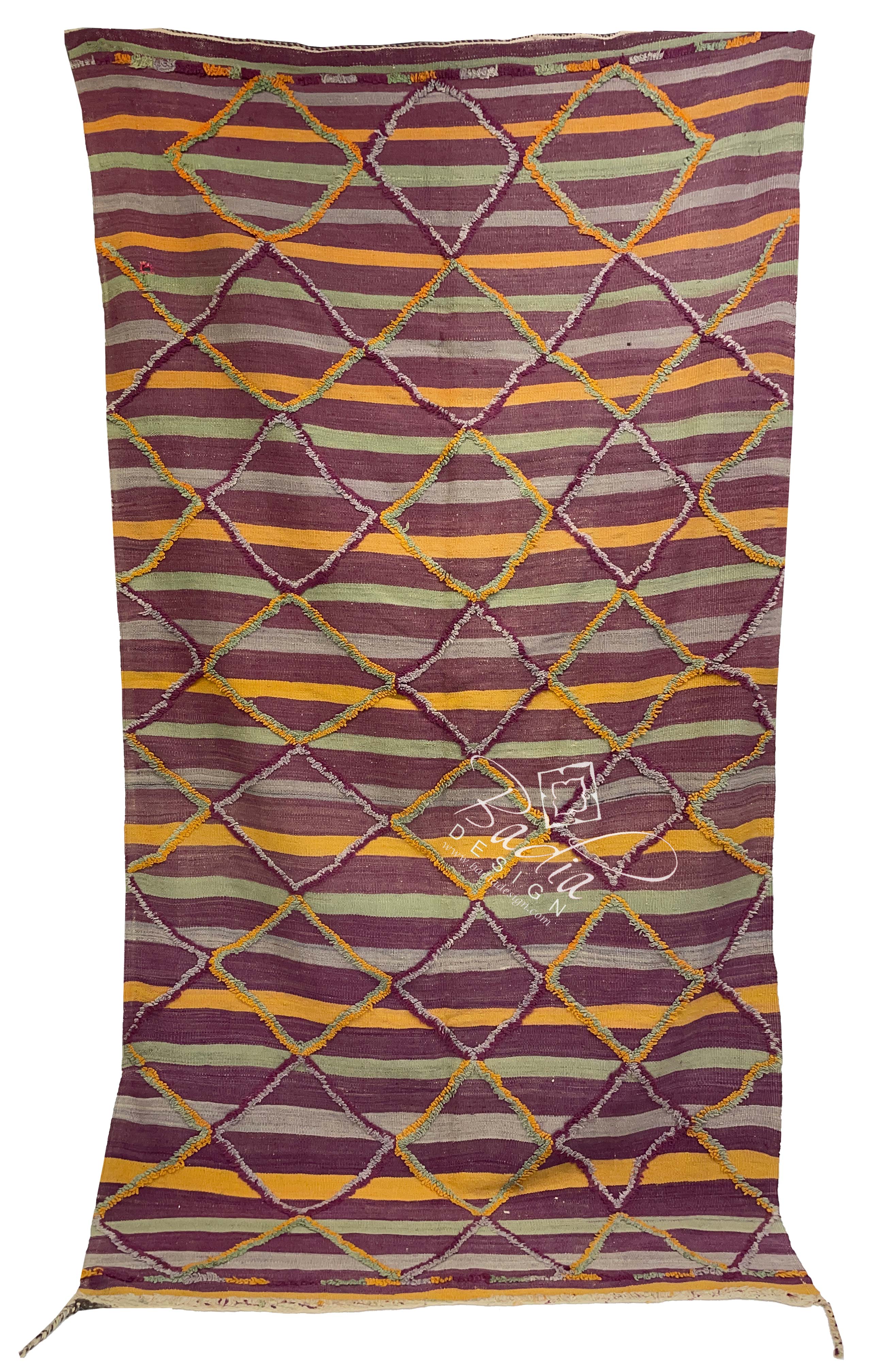Moroccan Berber Rugs: A Blend of History, Craftsmanship, and Timeless Style
These rugs have enchanted people across the globe with their deep cultural roots, remarkable artistry, and timeless design. Whether you are furnishing a cozy living room, a modern office space, or a upscale resort, these rugs serve as more than just functional items—they are pieces of art with a story to tell. In this article, we’ll explore the rich origins of Moroccan Berber rugs, the detailed artistry involved in their production, their exceptional longevity, and creative ways to incorporate them into today’s interiors.
The origins of Moroccan Berber rugs can be traced back thousands of years to the Berber tribes of North Africa. The Berbers, with their deeply rooted traditions, get more info crafted unique weaving methods to meet the demands of their nomadic lifestyles and diverse climates.
Each Berber rug tells a story, often expressed through patterns and designs that reflect the heritage of its creators. These symbols frequently represent protection, fertility, or the natural environment, making each rug a deeply personal creation. Historically, these rugs were made for practical use, offering warmth in the cold Atlas Mountains or serving as bedding in arid environments.
In the mid-20th century, Moroccan Berber rugs gained global popularity when renowned visionaries like Le Corbusier and Frank Lloyd Wright began incorporating them into their architectural masterpieces. Today, their enduring charm and cultural richness make them a favorite choice for interior designers and collectors alike.
These rugs are created using traditional techniques, preserved over centuries. This craftsmanship embodies a deep connection to tradition and artistry.
These rugs are made from materials like wool, camel hair, and cotton, valued for their strength and softness. Wool stands out for being soft, strong, as well as for its natural warmth. The wool is usually spun by hand, resulting in a truly individual finish.
Berber rugs are handwoven on classic frames, a process that can take extensive time depending on the size and complexity of the design. The knotting style, from Beni Ourain’s casual elegance to Azilal’s tighter weaves, impacts both durability and design.
Artisans rely on natural dyes from plants and minerals to produce the vivid tones seen in Berber rugs. Earthy tones such as beige, cream, and brown are common in Beni Ourain rugs, while Azilal and Boucherouite rugs showcase bolder colors like reds, blues, and yellows.
The longevity of these rugs is one of their standout qualities. This makes them a practical investment for both homes and commercial spaces.
The use of premium materials ensures that Berber rugs hold up over years of use. Wool’s elasticity and stain resistance contribute to their durability.
Cleaning and maintaining a Moroccan Berber rug is relatively simple. Routine vacuuming and periodic professional care can preserve their beauty for decades.
Tips for Styling Moroccan Berber Rugs in Modern Homes
Adding Moroccan Berber rugs to modern spaces is simpler than it seems. Their versatile designs and textures can complement a wide range of styles, from minimalist to bohemian.
1. Create a Focal Point in the Living Room
Use a large Beni Ourain rug as the centerpiece of your living room. The rug’s muted tones and clean lines bring cohesion to the space and exude coziness.
2. Add Color to Neutral Spaces
In minimalist or neutral spaces, a colorful Azilal or Boucherouite rug can add a bold, eye-catching accent. These rugs work particularly well in neutral-toned rooms, where they serve as a focal point.
3. Layer Rugs for Texture
For a cozy, eclectic vibe, layer a smaller Berber rug over a larger natural-fiber rug, such as jute or sisal. This pairing enhances texture and emphasizes the unique patterns of the Berber rug.
4. Enhance Workspace Aesthetics
Businesses can use Moroccan Berber rugs to create an inviting and sophisticated ambiance in office spaces, lounges, or reception areas. The artisanal craftsmanship of these rugs radiates authenticity and refinement.
5. Display Moroccan Berber Rugs as Decorative Art
Certain Moroccan Berber rugs are so beautiful that they function wonderfully as wall art. Hanging a rug on the wall can add a unique touch to your home or business, showcasing the craftsmanship and cultural heritage of the piece.
The Value of Moroccan Berber Rugs
Moroccan Berber rugs combine functionality, beauty, and cultural depth, making them a valuable choice for homes and businesses alike. These rugs are built to last, and their classic designs remain relevant despite evolving decor trends.
Sustainability and Ethical Production
Many Berber rugs are crafted using eco-friendly and sustainable practices. Purchasing these rugs helps preserve artisan traditions while enriching your decor with sustainable beauty.
Why Berber Rugs Gain Value Over Time
Vintage or unique Moroccan Berber rugs tend to grow in worth over the years. These rugs serve as both decorative items and investment-worthy collectibles.
